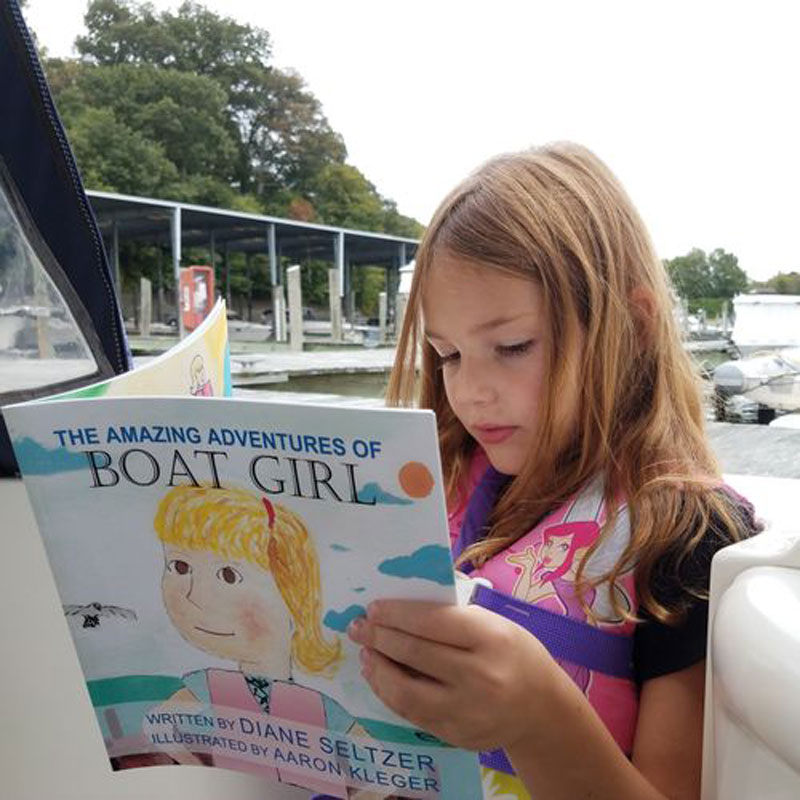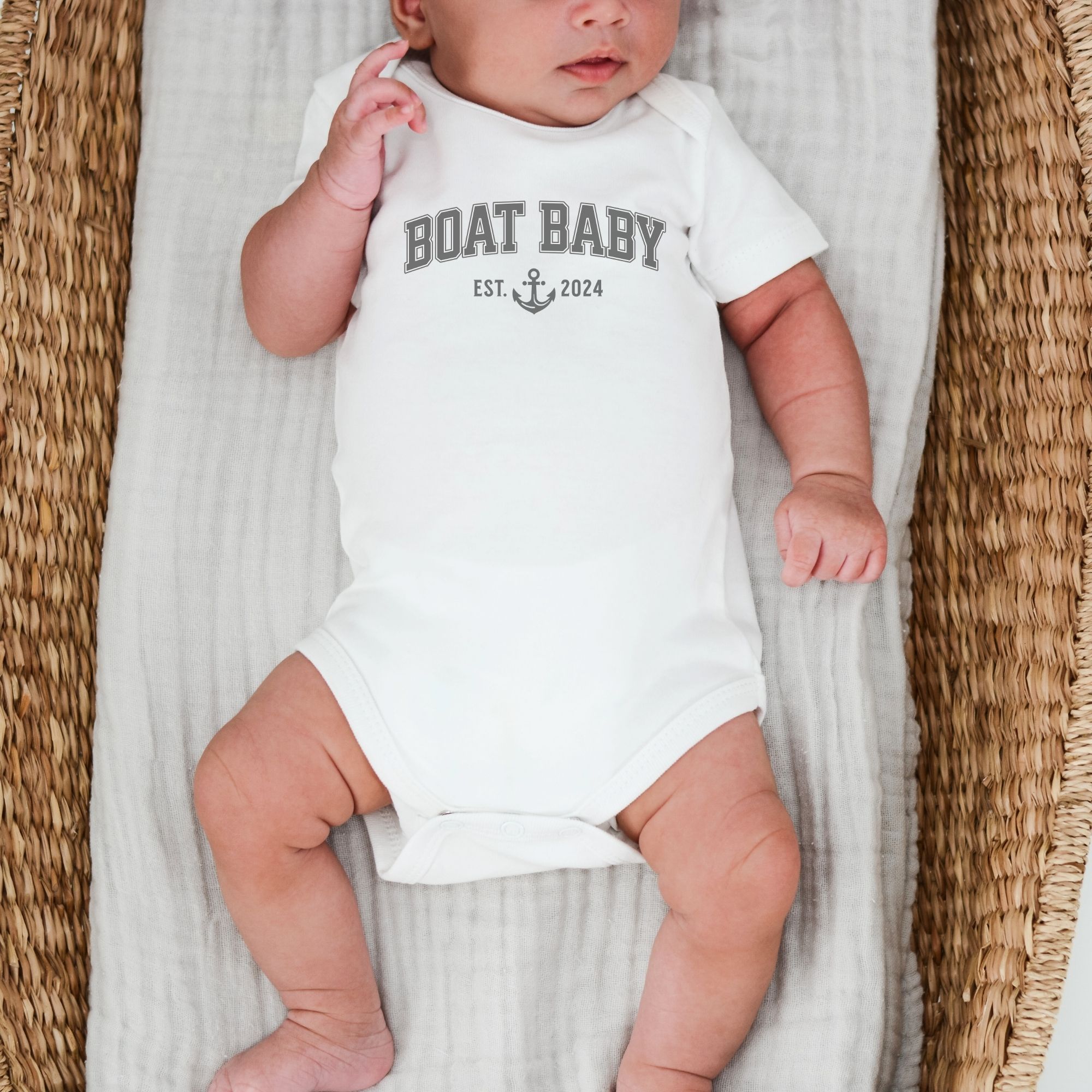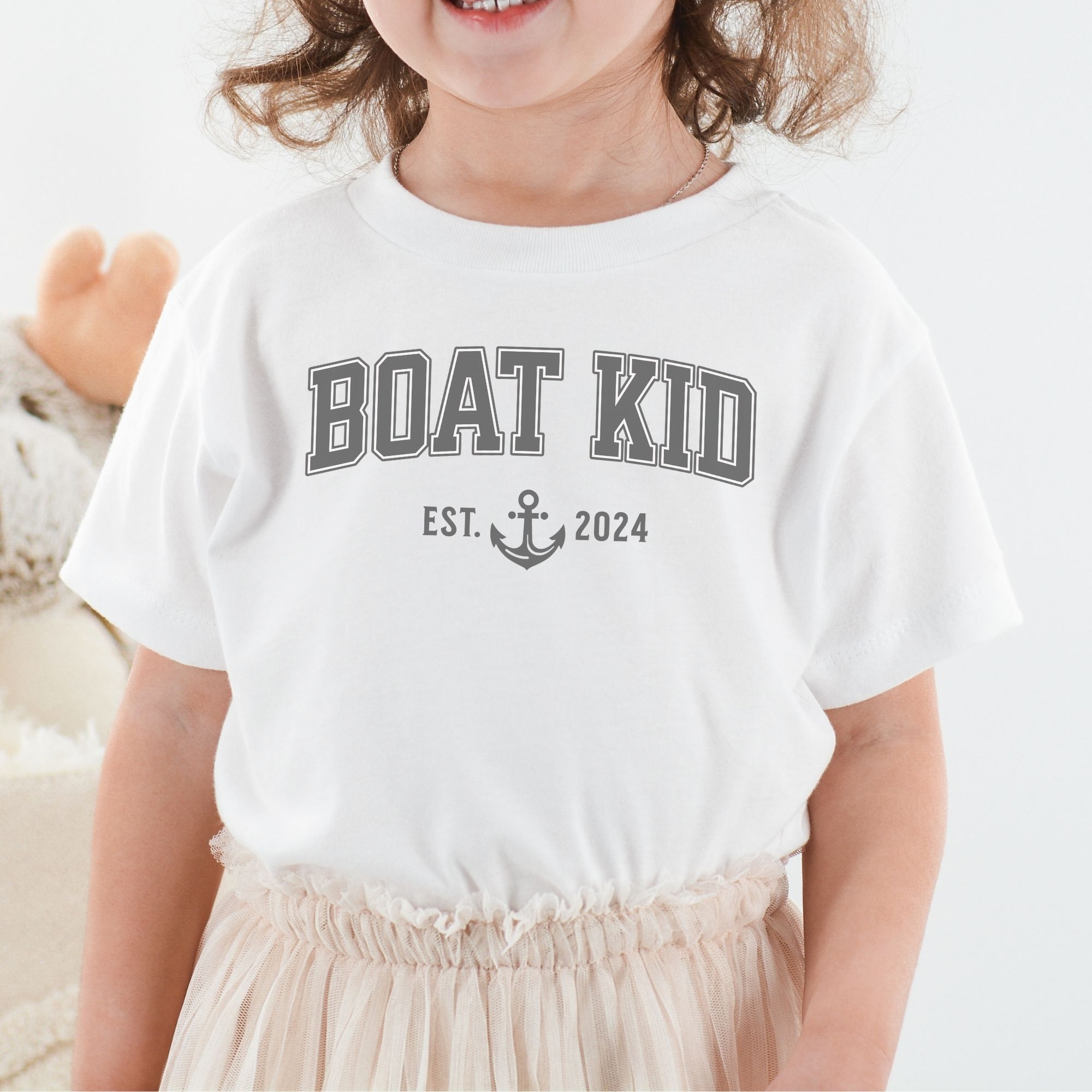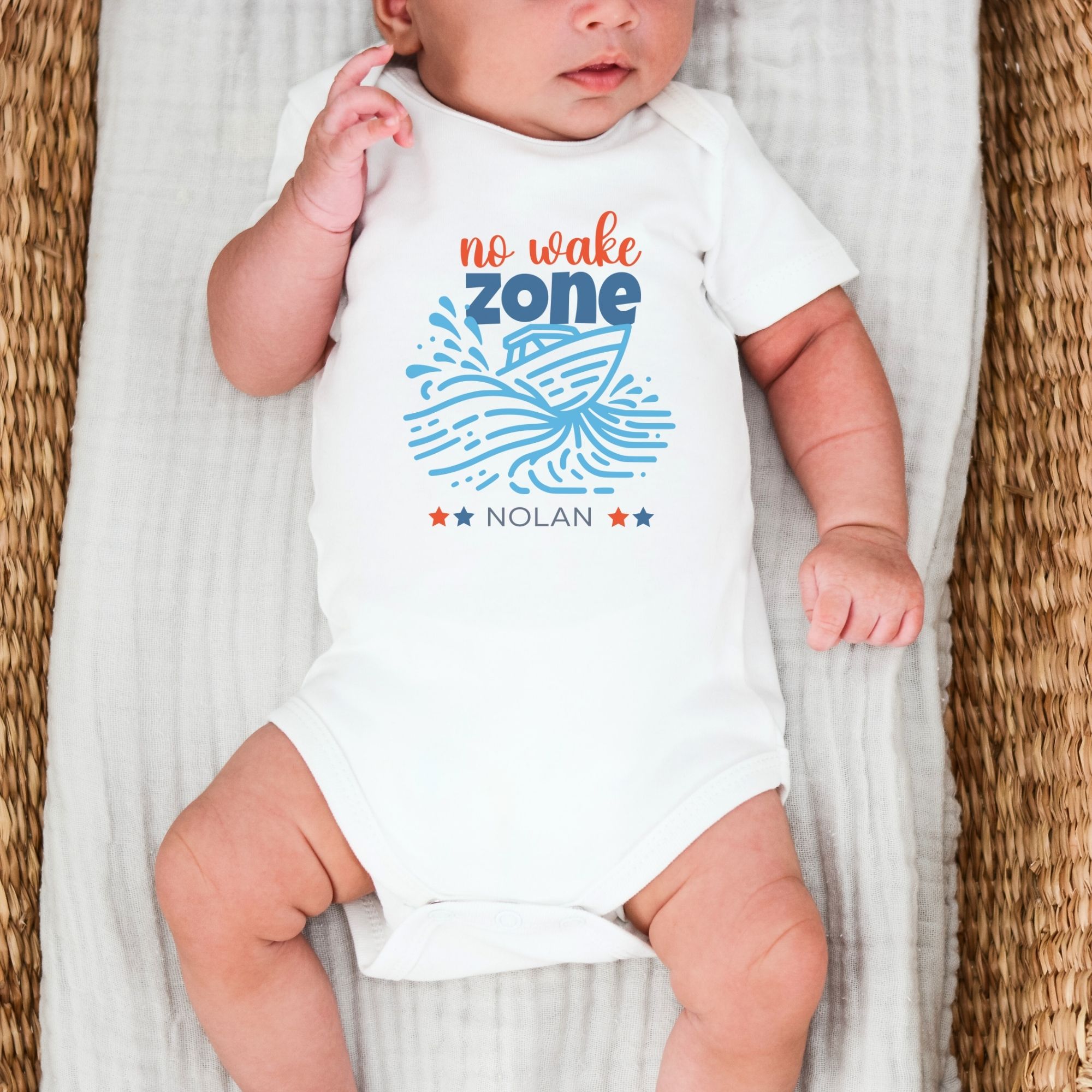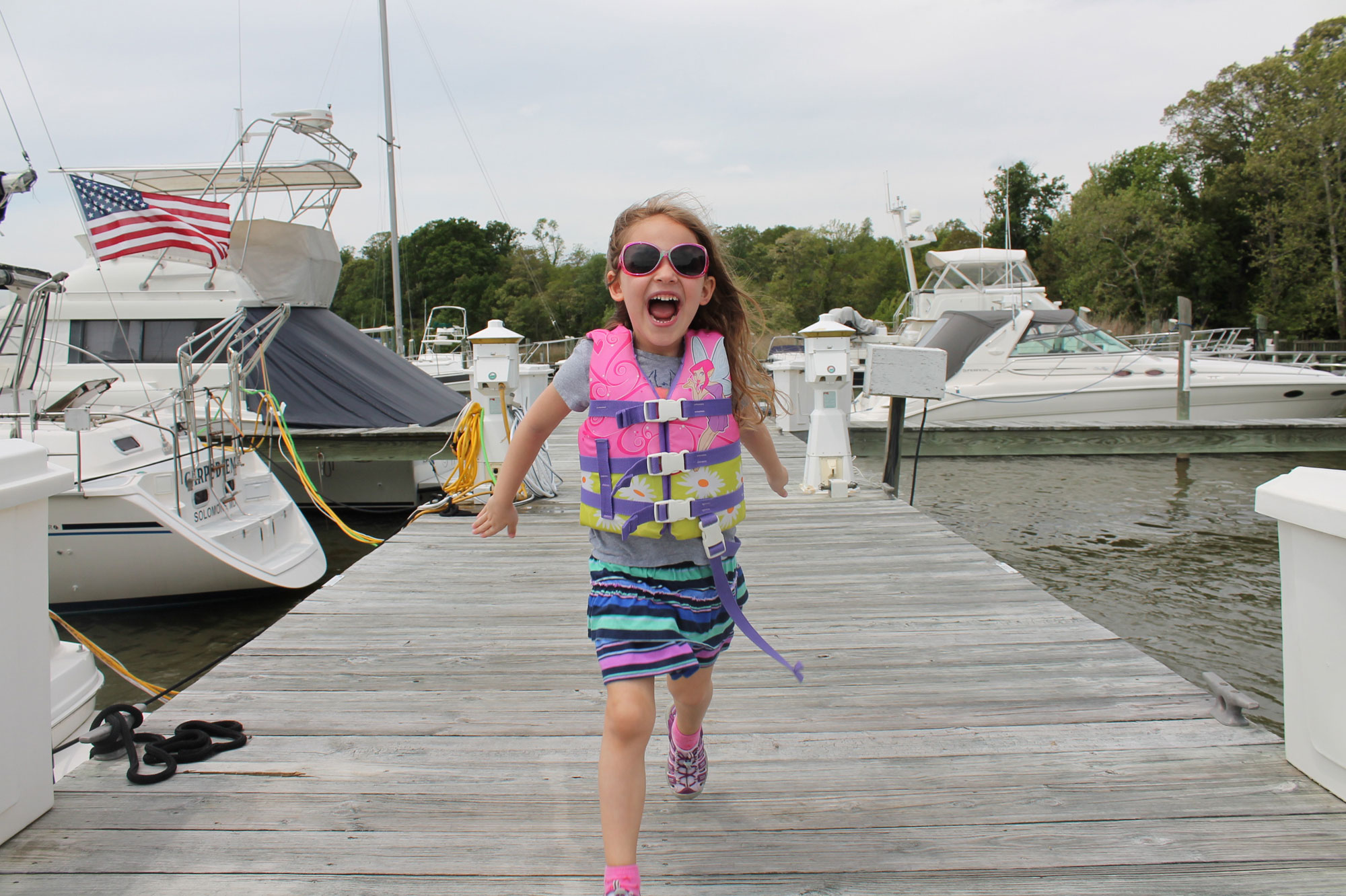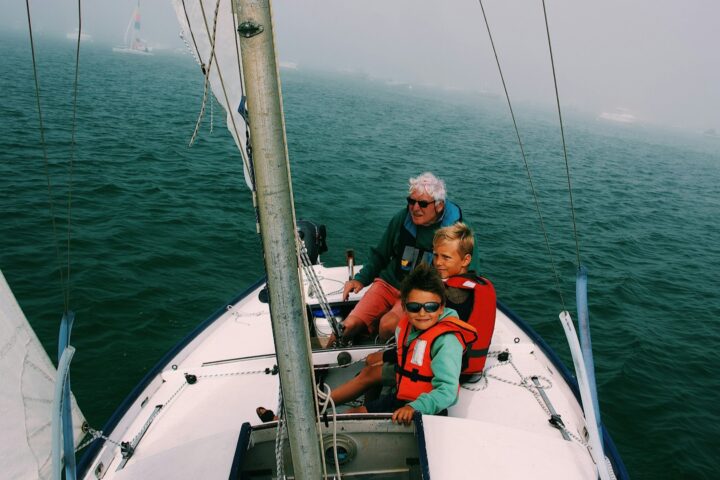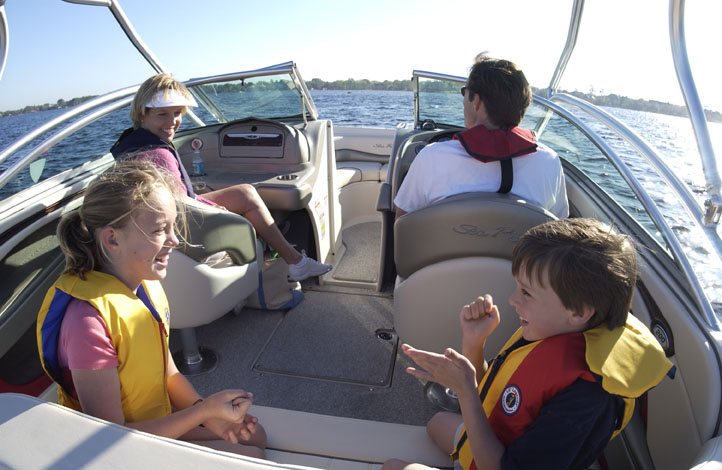
How anyone on your boat – including family or young kids – can use emergency communication devices if ever needed
Emergency communications devices like EPIRBs, PLBs, and DSC equipped VHFs are some of the most important safety gear you can have aboard your boat. Far too often though, how they actually work is mysterious, and if needed in an emergency family and guests aboard have little knowledge of how to use them or where they’re located.
In this article we’ll look at some of the basic functions of emergency communication devices, how relatively easy they are to operate, and how to teach family members, including young children how to use them.
Emergency Communication Devices Simplified
Emergency communication devices come in many forms. Physical signaling devices like flares, strobes, and signal mirrors are one example. And while absolutely necessary to have aboard, their range is limited to the distance that they can be seen from. Thankfully, technology has provided boaters access to satellite and radio based communications devices that can signal emergency services across vast distances of ocean.
Emergency Position Indicating Radio Beacon – EPIRB for short and Personal Locating Beacons – PLB for short, are both satellite based communication devices that send a signal with your location to land based stations. EPIRBs and PLBs are both very very easy to operate, the instructions are usually very clear on the units themselves and involve simply flipping a switch or pressing a button. Some varieties of EPIRB are even designed to activate on contact with water in an emergency.
Additionally, almost all boats are equipped with a marine VHF radio for use communicating with other boaters, emergency personnel, and shore based facilities like bridges and marinas. However, most boaters may not be aware that their VHF has an additional feature called Digital Selective Calling or DSC. DSC works by sending a preset emergency signal to all other DSC equipped vessels in the area.
If you’ve integrated your VHF with your vessel’s GPS then it will also display your location. A waterproof GPS tracker for boats is a must you should consider for safety. Consult your VHF’s owners manual for a how-to on setting up this feature if you’re not sure if your boat has it enabled.
Who can use them?
Everyone aboard. Emergency communications devices are designed to be easy to use so there is no reason why everyone aboard, children included, should not be able to use them should the need arise.
One helpful suggestion I’ve seen on some vessels is to have an engraved metal plate with operating instructions for the VHF and EPIRB. For families boating together often, it’s easier just to make sure you, your co-captain, and kids all know how to use safety devices and where they’re located.
In addition to the aforementioned communication devices, having a working knowledge of using the VHF for ship-to-ship communications as well as a satellite phone or any other communication devices that might be aboard. Good practice involves letting children operate the VHF to make calls on unused channels to boater friends or to practice by hailing bridges.
Practice, Practice, Practice
For families boating together often it can be useful to practice things like a man-overboard drill or an abandon ship drill. Going through the motions of putting on lifejackets and practicing operating emergency communications equipment – without activating it of course! – can be a great way to build confidence amongst your crew.
A great way to practice emergency procedures is to utilize the services of a professional boat captain for hire. A professional captain will be well versed in the various safety gear aboard your boat and can help you conduct mock drills to utilize it. And the captain can provide feedback to everyone aboard on how they handled the scenario.
While most of us hope to never have to use our boat’s emergency communication devices, it’s an excellent idea to make sure everyone aboard is familiar with them and knows how to use them. And if you don’t have an EPIRB or PLB aboard you should consider purchasing one and setting up the DSC feature on your vessel’s VHF if it isn’t already enabled. For a guide on how-to set up your VHF’s DSC feature check out this BoatUS article.
Trending Now: Custom Gifts for Boat Kids
Disclosure Policy: This site may contain links that are affiliated with companies where we receive compensation. Full disclosure policy.

